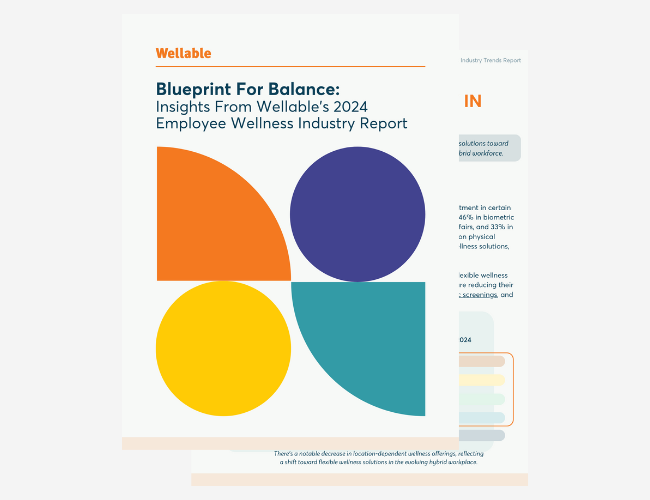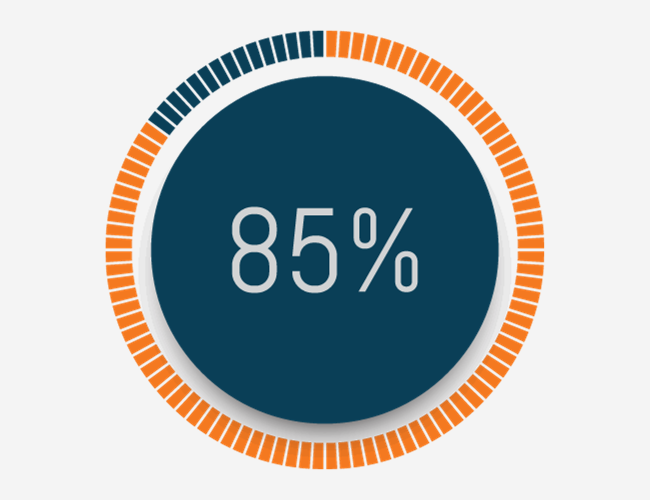According to a new study from Independence Blue Cross, “enhanced” walking programs encouraged people to walk more and resulted in weight loss and improvements in mood, energy levels, and overall feelings of well-being. Published in the American Journal of Health Promotion, the study comprised of 460 employees from six employer groups and analyzed results from standard walking programs relative to enhanced ones. The standard program included resources such as flyers and posters for promoting the program, but employers could do as much or as little promotion as they wanted. The enhanced walking program included incentives, coaching, feedback, competitive challenges, and monthly wellness workshops.
During the nine months of the program, participants in the enhanced walking program averaged 726 more steps per day compared with those in the standard condition. A 1000-step increase in average daily steps was associated with significant weight loss for both men (3.8 lbs.) and women (2.1 lbs.) and reductions in body mass index (0.41 men, 0.31 women). Higher step counts were also associated with improvements in mood, having more energy, and higher ratings of overall health. The study concluded that “an enhanced walking program significantly increases participation rates and daily step counts, which were associated with weight loss and reductions in body mass index.”
One dynamic worth noting that is often the case in most walking or physical activity programs is the drop in engagement over time. Since a wellness program’s impact is limited by the number of participants in the program, sustainable engagement is critical. As highlighted in the exhibit below, both programs struggled to maintain engagement throughout the nine months. However, the enhanced program did have significantly more engagement (40% vs. 24%) at the end of the program despite both groups starting at similar points.
Buyer Beware
Before everyone gets excited about the results, it is worth noting the shortcomings, some even noted by the researchers, of this study. First, participants reported daily step counts rather than having these measured and verified. As a result, there is no way to determine the validity of the steps that participants recorded, which increases measurement error and reduces the likelihood of finding statistically reliable effects of step counts on outcome measures. Also, participants in the enhanced condition had higher average step counts at baseline.












